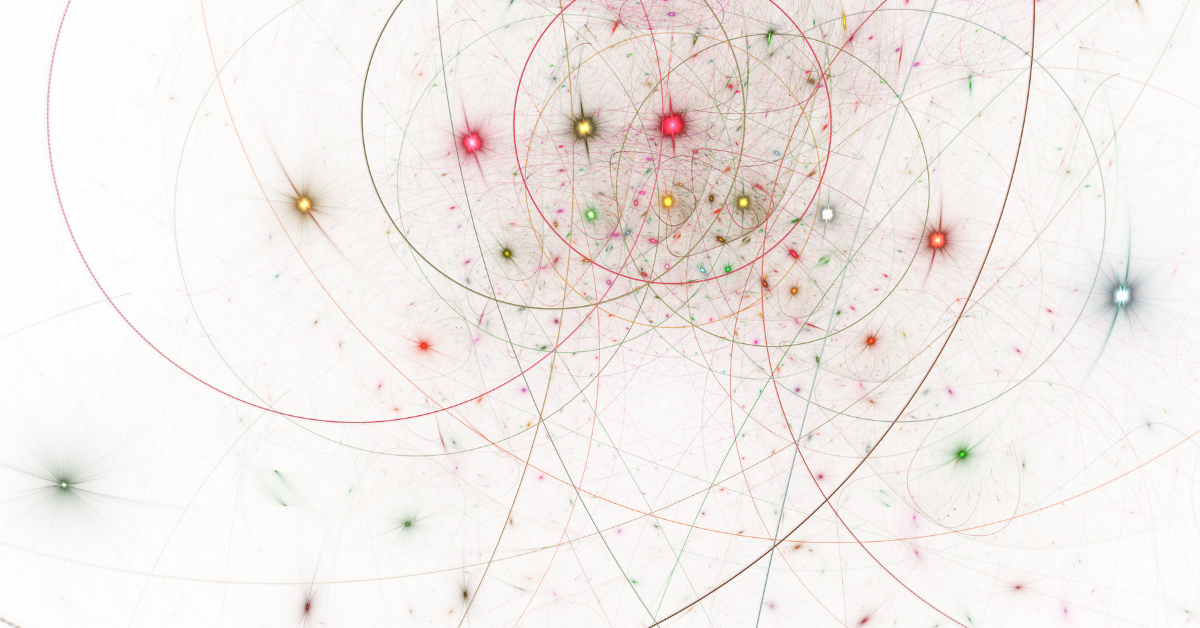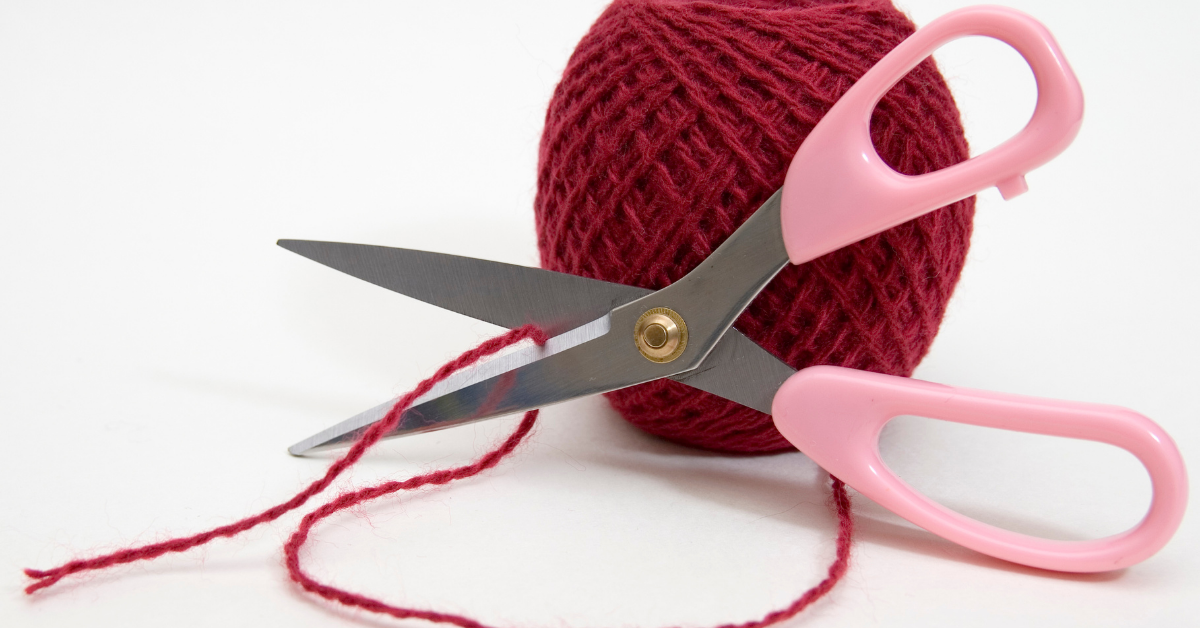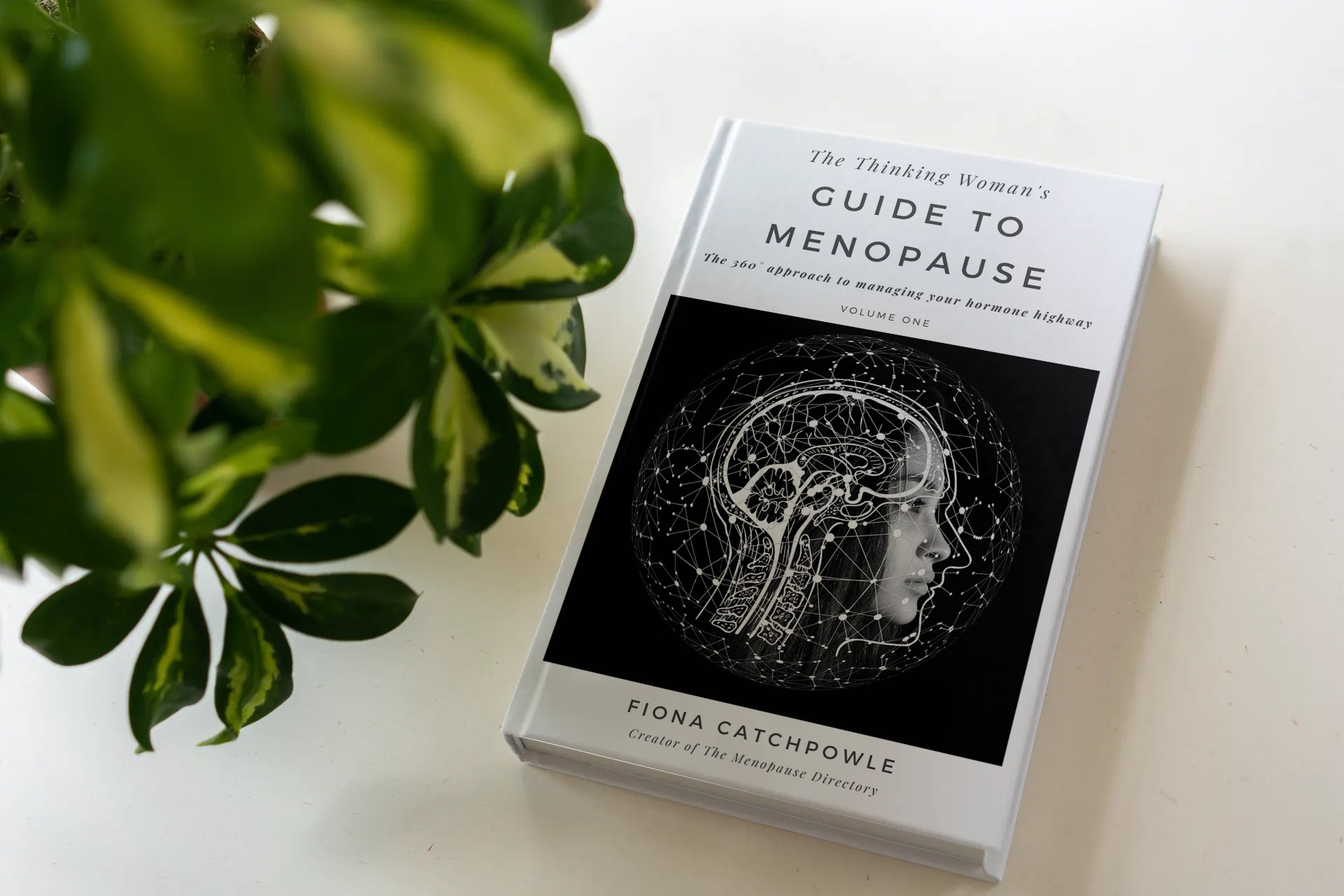MY MENOPAUSE DIARY
Menopause Mechanics and String Theory

Fiona Catchpowle
9 January 2021
Is this you? Perimenopause has finally reached your airspace; except the information out there is confusing and you can’t see the wood for the trees, don’t know which way to turn and want to be absolutely sure it is perimenopause because you heard that menopause didn’t start until you were 50.
Take a deep breath and I’ll run through the basics of Menopause Mechanics.
In principal menopause is not complicated. Your periods start at puberty they end at menopause. The fine print on that is your menopause is classed as 12 months after your last period. So you don’t know when ‘menopause’ is about to be until it’s gone, which sounds a bit crazy but we call this a retrospective date.
In addition foot note two on what menopause is, that it doesn’t happen overnight in approx 99.9% of women – I’m being super dramatic, I don’t know the exact number of women who have an overnight menopause but it’s very small.
So Sherlock, two questions here –
- What makes our periods start and stop?
- And how long does it take?

How long is menopause?
How long is a piece of string?
Well Watson, the answer is quite simple –
- When we reach the age of puberty our ovaries spring to life, follicles mature and eggs are released, with the intention of creating a new offspring on approximately a monthly basis. If the egg is not fertilised, the lining of the womb which has got nice and squidgy in preparation for said fertilised egg, the womb lining sheds and we call this a period. The process also coincides with the production of oestrogen. When the ovaries go in to retirement and stop releasing eggs and produce practically zilch levels of oestrogen, your periods stop.
- How long is a piece of string?
From the start of the ovaries becoming temperamental to the full retirement, decline of reproductive hormones in a woman can take quite some time before it flat lines. On average we’re looking at 7 years, with the time frames generally quoted as 5-10 years.
“Menopause is not rocket science, but it sure feels like it.”
Now, remember this process is part of nature and will happen to everyone woman, one way or another. Menopause is not optional. The stopping of your periods is inevitable. You do not stay stuck in your reproductive cycle forever. Your periods stop and you are then in/on/through menopause. But IT doesn’t stop there either. (I’ll get to that in due course)
What do we actually mean when we use time as a measurement tool to define how long peri/menopause is? We are generally referring to when you notice your first symptom, but noticing and knowing are two different things in this case. That flippin pieces of string has a mind of it’s own and knowing how long it is, well is anyone’s guess, which I completely understand is very disconcerting.
I first noticed and clocked perimenopause aged 48 and first figured it had started 3 or 4 years before that point. Then when I began to understand what the symptoms really were, my timeline started to regress back further and further. I’d discover something new about Menopause Mechanics and realise that my String Theory just got longer. All in all for me I’m looking at around 10 years from start of noticing my hormonal decline to it flat lining.

You can trust a crystal ball
about as far as you can throw it
At which point we now have to address the why do we get symptoms and what are they?
The simple answer focuses on oestrogen. Our body uses oestrogen everywhere, for a huge amount of bodily functions. As it declines our body has to shift itself to adapt to the new levels. Guess what? The fluctuating and declining levels cause a wee bit of a backlash in a similar way to how your body responded to the ovaries switching on at puberty. Are you starting to get the picture?
We were not technically designed to live much after 60. So from an engineering perspective we have had to upgrade our operating systems quite extensively, without much help from evolution I might add. In addition our environment such as work, relationships etc has contributed to a processor overload, so there’s a lot to contend with.
The String Theory we can do very little about. We do not have a way of working out how long your ovaries will be active. The Menopause Mechanics and engineering however, we do know that the operating systems, such as endocrine (includes the ovaries), vascular, skeletal, respiratory are co- dependent on each other, so there’s a lot we can do to navigate the transition process in a good way, which enables us to have a better postmenopause than if we do nothing.
Want new articles before they get published?
Subscribe to our Awesome Newsletter.

